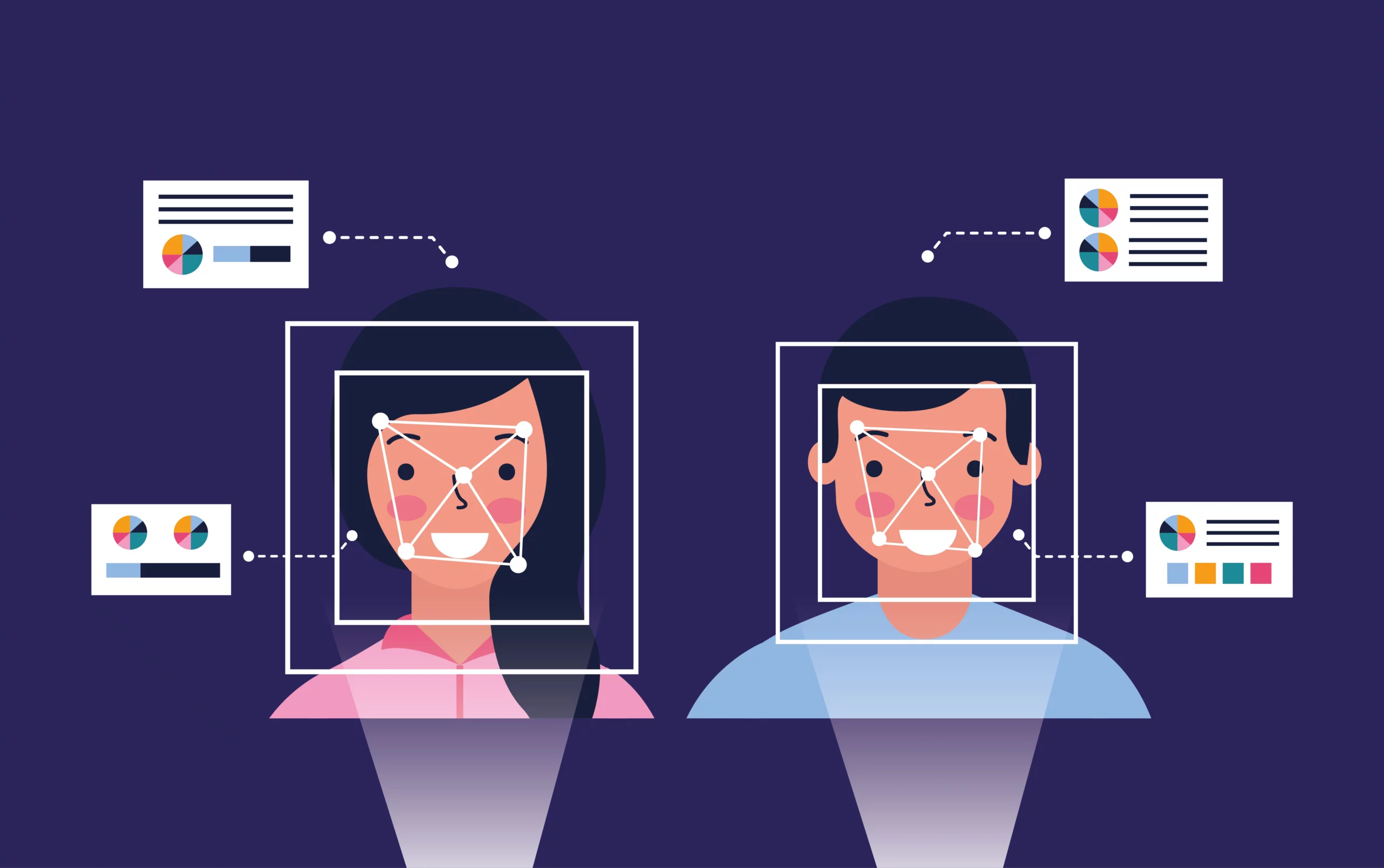Optical character recognition (OCR) technology is changing the way healthcare is practiced. OCR is a system of converting handwritten or printed text into machine-encoded text.
It has various applications in the healthcare sector, including digitizing medical records, improving patient data accuracy, creating electronic health records (EHRs), and speeding up insurance claims processing.
OCR has revolutionized the healthcare industry, and in this blog, we shall explore how.
Digitizing Medical Records
OCR technology can be used to convert paper-based medical records into digital form.
With OCR, information is extracted from the medical record, and then it is uploaded into a system where it can be easily accessed, used, and shared with the patient or other healthcare professionals.
This means that doctors, nurses, and other medical practitioners can access patient information quickly and easily, making diagnosis and treatment safer and more effective.
Accuracy and Quality of Patient Data
OCR technology improves accuracy in patient data, reducing errors caused by handwriting and typos.
With digitized and standardized data, healthcare providers can quickly and easily access patient data, reducing the time spent on medical charting and paperwork.
More accurate documentation of patient information also means that healthcare professionals can make more informed decisions about a patient’s health.
Creating Electronic Health Records (EHRs)
OCR technology can be used to create EHRs—digital medical records that are comprehensive and up-to-date and maintain all records of a patient in one place.
It ensures that critical patient information, such as medication and allergy data, is readily available to healthcare providers.
Access to EHRs is quick and easy, allowing healthcare providers to review patient histories, including test results, prescriptions, procedures, and treatment history.
Speeding up Insurance Claims Processing
OCR technology can be used to speed up insurance claim processing. When claims are submitted in paper form, they must be manually processed, leading to delays in the processing time.
OCR technology can extract data from paper claims and accurately process insurance claims, reducing the time and cost associated with claim processing.
This means claims are processed faster, leading to faster reimbursement for healthcare providers and improving overall financial stability.
Patient Security and Privacy
OCR technology can improve patient security and privacy. In digitizing patient records, users must properly secure patient health information to ensure that only authorized personnel have access to it.
OCR technology has advanced security measures to ensure that patient data is kept secure, and privacy is maintained.
This means that user access to patient records is secured by HIPAA (Health Insurance Portability and Accountability Act of 1996) privacy and security regulations.
Conclusion
OCR technology is revolutionizing the healthcare industry and helping to create a better future for patients, healthcare providers, and related industries.
It improves accuracy, speed, and efficiency in handling patient records, which ultimately leads to better patient care and treatment outcomes.
OCR has the potential to further transform the healthcare industry with new innovative applications, such as telemedicine.
Healthcare institutions must embrace OCR technology to keep up with the rapidly changing healthcare environment and ensure improved patient care.

